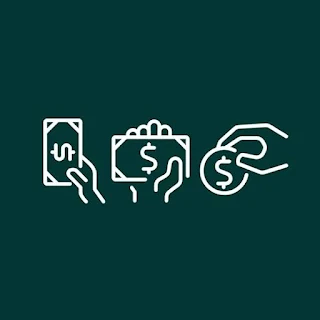China's banking system has undergone significant evolution, offering a mix of traditional and modern payment methods tailored to its economic and digital advancements. Here's a closer look at the country's key banking and financial systems, drawing parallels with Indian and global practices while highlighting unique features.
Domestic Payment Systems
IBPS (Internet Banking Payment System)
- Transaction Range: Minimum 1 Yuan (via mobile) or 10 Yuan (bank-initiated); maximum 1 million Yuan.
- Comparison: Equivalent to India's IMPS, offering quick, convenient transactions.
CNAPS (China National Advanced Payment System)
- Transaction Range: Starts at 250,000 Yuan, with no upper limit.
- Comparison: Similar to India's RTGS, designed for large-value transfers.
Cheque Usage
- Decline in Popularity: Cheques, once used for 18% of transactions in 2015, now account for just 0.3% in 2024.
- High Cost and Limited Validity: A chequebook costs 75 Yuan (20 leaves) and takes 7–10 days to process, with cheques valid for only 10 days.
Automated Payment Systems (A-ECS)
- Functionality: Allows users to schedule fund transfers (minimum 50 Yuan, no maximum) on specific dates to other accounts within Chinese banks.
- Limits: Transfers cannot exceed 240% of the highest account balance from the past 90 days while maintaining the minimum balance.
- Adoption: A-ECS is widely used and accessible through mobile banking.
Failure Consequences:
- Fine: 5% of the transfer amount or 1,000 Yuan (whichever is higher).
- Payment Obligation: Must be settled within 30 days to avoid civil and criminal charges, especially for sums exceeding 10,000 Yuan.
Digital Transactions
Note: Unlike India's UPI-based apps like GPay, these platforms don't rely on bank accounts linked to mobile numbers.
ATM Usage
International Payment Systems
China utilizes three main systems for global transactions:
KYC Rules
Loan Management
China's banking system differs in its approach to bad loans:
Special Considerations: Borrowers facing extraordinary circumstances, such as chronic illness or pregnancy, receive extended payment windows.
Banks operate from 8:30 AM to 5 PM, with a lunch break between 1 PM and 2 PM.
China's banking system is a blend of efficiency, innovation, and tradition. With systems like IBPS, CNAPS, and A-ECS, it mirrors aspects of global banking while introducing unique mechanisms tailored to its economy. The decline of cheques, widespread use of digital wallets, and stringent loan management reflect China's shift towards a cashless and disciplined financial environment. These innovations demonstrate how China's financial systems cater to both domestic and international needs while setting benchmarks for modernization.



Post a Comment